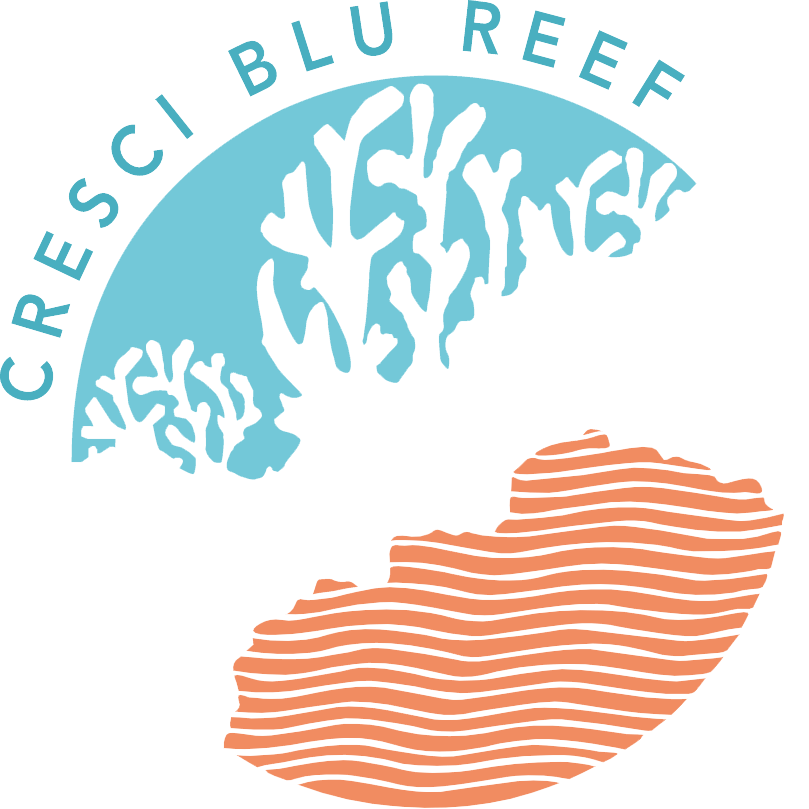Mara Cipriani, Carmine Apollaro, Daniela Basso, Pietro Bazzicalupo, Marco Bertolino, Valentina Alice Bracchi, Fabio Bruno, Gabriele Costa, Rocco Dominici, Alessandro Gallo, Maurizio Muzzupappa, Antonietta Rosso, Rossana Sanfilippo, Francesco Sciuto, Giovanni Vespasiano, Adriano Guido
!! SCIENTIFIC PAPER PUBLISHED IN Biogeosciences discussions (EGU) !!
!! The coralligenous build-ups located in Mediterranean shelf in front of Marzamemi (SE – Sicily, Italy) represent useful natural examples to study the relationship between skeletal organisms and non-skeletal components in marine bioconstructions. In this study, scientists characterized two coralligenous build-ups in terms of organisms and sediments involved in their formation. The framework mainly consists of coralline algae and subordinate bryozoans and serpulids. Sponges affect the general morphology of the bioconstructions both interacting with skeletonised organisms and through bioerosion activity.
Scientists understood that the micrite or microcrystalline calcite is present in minor amount than other components that form the build-ups and consists of two types: autochthonous (in situ) and allochthonous (detrital). Moreover, a great amount of sponge live in cavities of the coralligenous build-ups and compete with carbonatogenic bacteria for the same cryptic spaces limiting the production of microbialites. The sharing of a similar relationship between sponges and microbial communities by coralligenous concretion and biotic crusts of particular submarine caves suggests that this competition is not habitat-specific. !!
Keywords: Coralligenous reefs; Sponges; Micrites; Geobiology; Mediterranean.

